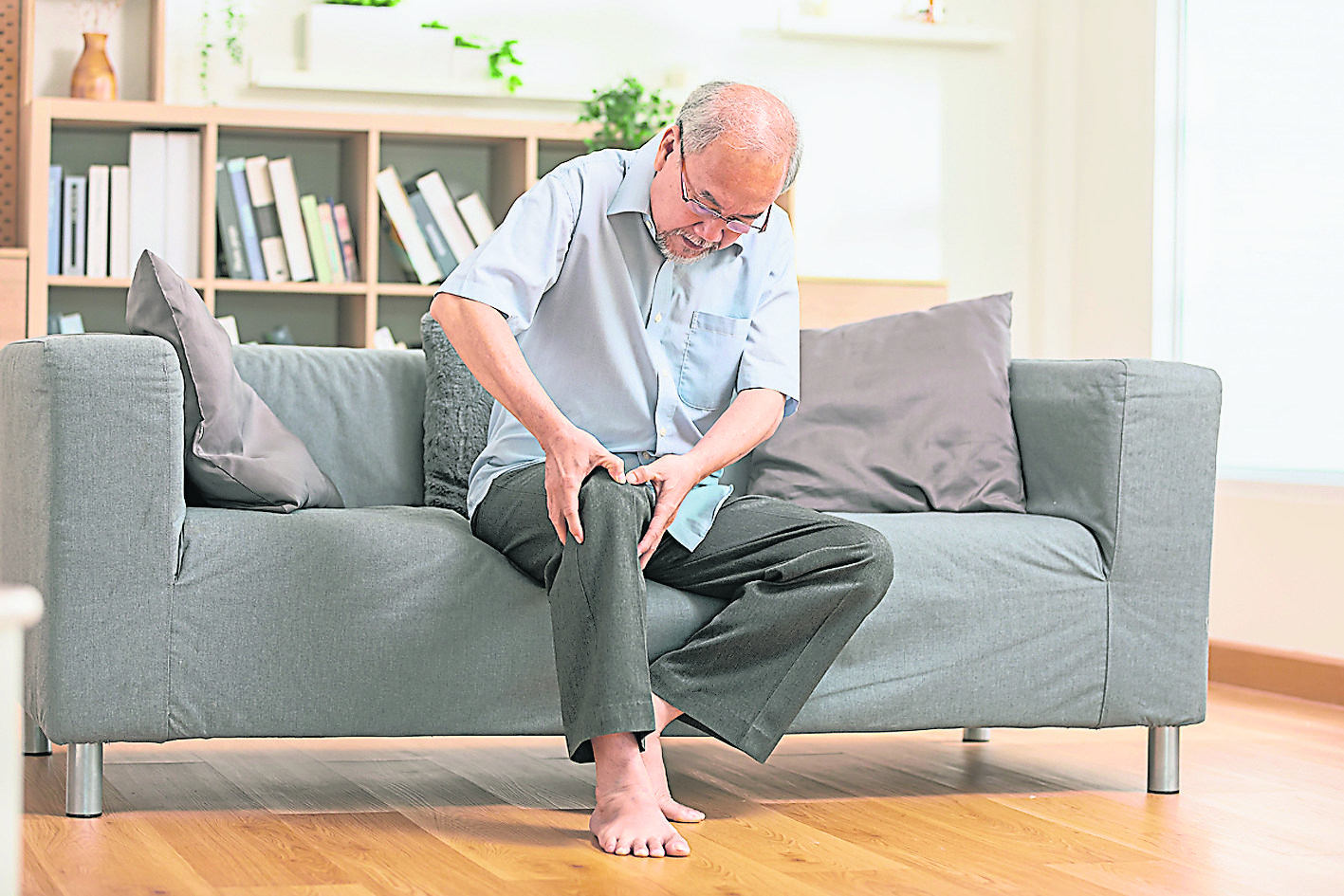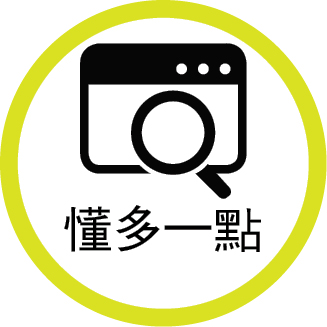Leg pain and cramps need to be alert to lower extremity arterial blockage can kill
[ad_1]
(Kuala Lumpur News) Peripheral Artery Disease (PAD) refers to the blockage of arteries other than coronary artery disease (coronary artery disease) and cerebrovascular disease (cerebrovascular disease). It can also occur in the hands, neck, and kidneys. Arteries and lower extremities.
Because the lower extremities are farther away from the heart, blood transfusion is more difficult, and the probability of arterial blockage is higher. Therefore, peripheral arterial blockage is also commonly referred to as lower extremity arterial blockage.
People with diabetes have a 16% chance of suffering from PAD
Since the coronary arteries, cerebrovascular vessels and peripheral arteries belong to the same system, the factors causing blockage are not different. Among them, the three highs (high blood sugar, high blood fat and high blood pressure), overweight, smoking and old age are regarded as 6 major causes of vascular obstruction.
According to my country’s health data, 23% of men and women with these 6 major risk factors will develop PAD, that is, 2 to 3 out of 10 people, and the probability of diabetes patients suffering from PAD can reach 16%.
However, older age, high blood sugar and high blood lipids are the most critical factors. The reason is that the cholesterol formed by blood sugar and blood lipids can cause atherosclerosis, and with the increase of age, the cholesterol will form plaques on the inner wall of the arteries, causing blood to fail to circulate.
Therefore, from another point of view, the blockage of blood vessels in the body is something that everyone will experience in their lifetime, provided that it can be detected and treated early.
(Dr Choong Choon Hooi)
Dr Choong Choon Hooi, Chairman of the Ipoh Cardiovascular Society and Consultant Cardiologist, said that arterial blockage can not only occur in coronary arteries causing coronary heart disease, or cerebral blood vessels causing stroke, cholesterol accumulation can also occur in peripheral blood vessels causing blockage .
“In other words, when a person is diagnosed with coronary artery blockage, he must also be aware of the possibility of other blood vessel blockages. By analogy, when he is diagnosed with lower extremity blood vessel blockage, the possibility of coronary artery and cerebral blood vessel blockage is not small. “
Since the formation factors and risk of peripheral artery blockage are no less than coronary artery blockage, why is it rarely paid attention to?
The reason is that coronary heart disease or stroke will cause serious damage, but many times when the peripheral arteries and lower extremity blood vessels are blocked, the patient will not directly feel something wrong or uncomfortable.
“Peripheral arterial occlusion can be divided into 3 stages, namely early,
middle and late stages,
Among them, early cases accounted for 30% to 50%,
The patient at this time was asymptomatic.
However, in the mid-term, I will complain about sore legs from time to time,
Inability to walk far or intermittent claudication
(intermittent claudication),
That is, after a short walk of about 500 meters, you need to rest for a while.
Allow blood to circulate before proceeding.
or chronic cramping especially when walking,
These symptoms are that the blood vessels of the lower extremities have been blocked,
As a result, the blood cannot deliver oxygen and nutrients to the organs where it is needed. “
He said that generally speaking, it occurs within 5 years from the early stage to the middle stage, but it can happen within 1 to 2 years from the middle stage to the late stage, depending on the patient’s condition. In advanced stage patients, in addition to the color of the feet from red (blood accumulates in one place) to white (blood cannot reach), the toes will also turn black and cold, the pulse cannot be felt, the foot hair falls off, and the wound cannot heal, etc. All these are due to blood The impact of being unable to circulate. In addition, since the wound does not heal, there is a risk of bacterial infection.
“According to estimates, the mortality rate of late-stage patients can reach 20% within 6 months, that is, 1 out of every 5 patients will die due to lower extremity vascular obstruction. up to 30%.”
Early detection of peripheral arterial blockage through early screening, in addition to the early detection of coronary artery blockage and cerebrovascular blockage as mentioned above, and targeted treatment such as medication or adjustments in life and rest, can prevent coronary heart disease and stroke attacks, and can also To prevent peripheral arterial obstruction from entering the advanced stage, it is urgent to strengthen the awareness and prevention of peripheral arterial obstruction.

Adjust your daily routine to reduce risk
It is worth noting that, whether it is coronary artery, cerebrovascular or peripheral artery blockage, in addition to the above-mentioned 6 major risk factors, the patient’s genetics also plays the role of “spoiler”. Reducing the influence of risk factors, that is, making adjustments in daily life has been proven to be helpful in improving the condition.
“The screening of peripheral arterial obstruction can be divided into two categories, namely non-invasive (non invasive) and invasive (invasive). Diagnosis is made by observing the skin color, pulse and symptoms of the patient’s lower limbs (hair loss or coldness, etc.).”
“In terms of detection, there is the blood pressure ratio of the upper and lower extremities or the Ankle Brachial Pressure Index (ABI). Its operating principle is to calculate the ABI value by comparing the blood pressure of the upper and lower extremities of the patient. It is abnormal if it is lower than 0.9. If it is less than 0.4, it is a serious stage, and its operation is not complicated, and ordinary doctors can also be competent, but it is time-consuming.”
Zhong Junhui said that the other two non-invasive but required to be operated by trained doctors are ultrasound scanning and toe brachial pressure index (TBI), the former can be used to detect the degree of blood flow, the latter is for vascular calcification For patients with diabetes or kidney disease, the degree of vascular obstruction cannot be detected through ABI, but by comparing toe-brachial blood pressure, the problem can be found.
The rest include computerized tomography (CT Scan) and magnetic resonance imaging (MRI). These two tests are more accurate but more expensive. However, CT is an invasive test because it requires a contrast agent and there is a risk of exposure to radiation , so the doctor will decide which type of test is more suitable depending on the patient’s condition.
The treatment for peripheral arterial occlusion can be divided into 4 groups, that is, the adjustment of daily life, the use of drugs, the use of balloons or stents after checking the degree of vascular occlusion, and the final vascular bypass surgery.
Thigh Tongbozai Balloon Plus Stent
Zhong Junhui pointed out that three highs, overweight and smoking are risk factors that cause peripheral arterial blockage. If you can adjust your daily routine, including good control of chronic diseases, weight loss and smoking cessation, it will be of great help to improve the condition; as for drugs include For cholesterol-lowering and blood-clearing drugs, it is recommended to discuss with the attending physician during follow-up visits.
As for angioplasty with balloons or stents, it is only used when drugs are also ineffective.
It is slightly different from the “Tongbozai” used in the coronary arteries of the heart, which is used for the lower limbs, including the thigh and calf. It can be used on the thigh with a balloon and a stent (if necessary), but if it is used on the calf, it can be used Only the balloon can be used. The reason is that the blood vessels of the thigh are thick (5 to 7 mm), while the blood vessels of the calf are thin (2.5 to 3 mm), so it is not suitable to use a stent.
The material, shape, length, and method of use of stents used in the heart and lower limbs are also different. Taking the heart as an example, the longest stent is 60 mm, but the thigh can reach 200 mm. The purpose is that the blood vessels of the thigh can accommodate longer stents.
“However, the longer the stent, the better. Based on clinical experience, only the balloon can be used to open the blocked blood vessel with the balloon. If you do not want to use a stent, the best choice is the largest and shortest stent. , placed at the narrowest blocked blood vessel.”
He said that the longer the stent used, the higher the chance of heavy blockage after surgery. In addition, attention must also be paid to the size of the stent used. For example, the thigh blood vessel is 5 to 6 mm, but a 4 mm stent is placed, not only It is not helpful to the condition, and it may even cause unnecessary danger to the patient, such as acute blood vessel blockage.
“In addition, the smaller the blood vessel of the patient, the higher the risk of bursting when the stent is placed, and the age and condition of the patient. For the elderly or patients with kidney disease, due to the calcification of the blood vessel is very fragile, extra care must be taken when using the stent , the calcified plaque must be cleaned up to place the balloon and stent if necessary.”
Nowadays, there are many types of stents used for “Tongbozai”, including covering-type stents to prevent bursting blood vessels and one-fifth disintegrating stents. It is to open the blocked blood vessels. Therefore, patients must communicate with their doctors to find the most suitable treatment plan for them.

 Non-patients should also walk more to help microvascular regeneration
Non-patients should also walk more to help microvascular regeneration
Is it once and for all after performing “Tongbozai”? The answer is not necessarily.
Take peripheral artery blockage surgery as an example. Its purpose is to heal the patient’s wound, because if the blood vessel continues to be blocked, the wound will only continue to be inflamed or even infected. Generally, if the patient does not improve his life and rest after the operation, that is, diet If it is unbalanced and does not exercise, it may reoccur within 1 to 2 years.
Zhong Junhui gave some post-operative advice to patients.
Do not engage in strenuous exercise in the first week, and a follow-up visit to check the wound can be arranged after 3 months or half a year. In addition, there are two tasks that must be completed. The first is that the three highs must be well controlled, and this returns to the diet that must be paid attention to.
Diet and exercise screening requires smoking cessation
The second task is to walk more, so that more microvessels can be regenerated, so as to achieve the best effect of the operation.
Prevention is better than cure is the most important part of medicine. The same is true for peripheral arterial blockage. How to prevent it can be divided into three parts, namely diet, exercise and screening. A balanced diet, less sweet, less salt and less oil, can reduce three High weight can also be controlled, but also smoking cessation, and exercise has been shown to improve early and even medium-term peripheral arterial blockage, because exercise can increase microvascular regeneration and better blood flow.
Walking on a treadmill is also effective
Nowadays, rehabilitation doctors have found that patients with peripheral arterial blockage can achieve a certain therapeutic effect by arranging exercise programs to walk on a treadmill. Therefore, he suggests that even if they are not patients, they should be encouraged to walk more. From another perspective, A person who walks a lot has a lower chance of peripheral arterial blockage, and even if there is, it can be detected early. Finally, the disease can be detected early through screening to avoid serious cases.
Text He Jianxing Organize Liang Yingxiu
[ad_2]
Source link

![[Love Wants Sexual Happiness Series 358]Find the culprit and overcome psychogenic erectile dysfunction. Don’t let pressure affect your sexual happiness.](https://chinathenews.com/wp-content/uploads/2024/04/171111-780x420.jpg)

![[Wanqingyi Care]My health, my rights, customized medical methods in the last stage of life](https://chinathenews.com/wp-content/uploads/2024/04/ZZ1-100-780x420.jpg)
![[Kidney Transplantation Special Topic]The survival rate of transplanted kidneys is high without dialysis treatment three times a week](https://chinathenews.com/wp-content/uploads/2024/04/1311-780x420.jpg)



